The Historic Journey That Began 50 Years Ago
Fifty years ago, the United States Congress, in a remarkable display of bipartisanship, passed the Endangered Species Act (ESA), a sweeping legislation aimed at preserving animal and plant species teetering on the edge of extinction. Signed into law by President Richard Nixon in 1973, the ESA was a response to growing environmental concerns and a recognition of the intrinsic value of the nation’s diverse wildlife. Nixon emphasized the importance of preserving “the fish, wildlife, and plants that made up the US,” acknowledging their aesthetic, ecological, educational, recreational, and scientific significance.

The ESA’s journey to becoming law wasn’t without opposition. Some critics argued against the economic implications and restrictions it would place on land use. However, the prevailing sentiment was that the loss of these species would be a greater cost to the nation and its people. Over a thousand species have been listed as threatened or endangered under the act, and a 2019 study credited it with saving 99% of listed species from extinction.
1. Bald Eagle: America's Symbol of Freedom
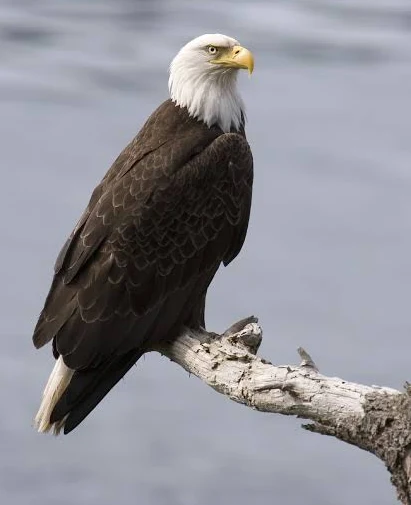
The bald eagle, the national bird of the US since 1782, faced near extinction by the mid-1900s due to illegal shooting, habitat destruction, and DDT contamination. With only 417 nesting pairs remaining in 1963, conservation efforts under the ESA, including the banning of DDT, facilitated a dramatic recovery. By 2020, the bald eagle population boasted 71,400 breeding pairs, a triumphant comeback for this emblem of American identity.
2. American Alligator: A Prehistoric Survivor

The American alligator, existing for over 150 million years, faced near extinction in the 1950s and ’60s due to unregulated hunting and habitat loss. Listed as endangered in 1967, conservation efforts led to a full recovery, and by 1987, the species was delisted. The alligator’s story is a testament to the resilience of nature when given a chance to recover.
3. Grizzly Bear: A Comeback in the Wild West
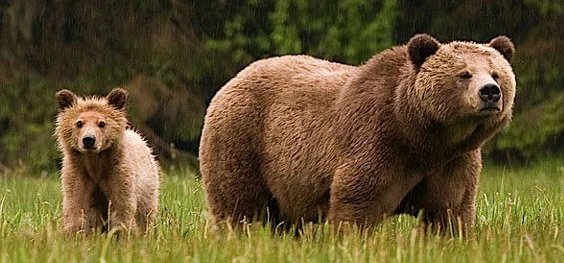
Once numbering 50,000 across the West, grizzly bears dwindled to around 600 by 1975, victims of predator control and habitat destruction. Protected under the ESA, their numbers have since risen to approximately 2,100, concentrated around Yellowstone and Glacier National Parks. Ongoing recovery efforts continue to shape the future of this iconic North American animal.
4. Humpback Whale: From Whaling to Wonder
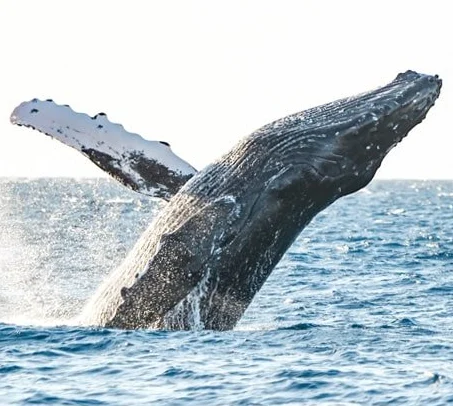
Decimated by commercial whaling, the humpback whale population dropped to about 10,000 globally before being listed as endangered in 1970. Today, thanks to global conservation efforts, their numbers have rebounded to an estimated 80,000, though they still face challenges like vessel strikes and entanglement in fishing gear.
5. Gray Wolf: Symbol of Wilderness
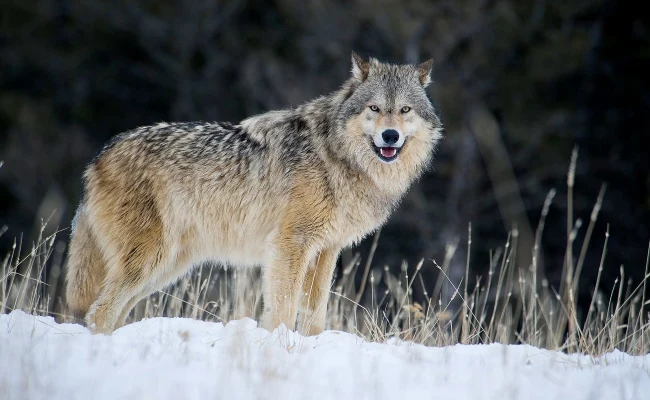
The gray wolf, nearly wiped out in North America, has made a significant comeback under the ESA. From just a few hundred in Minnesota, their numbers have grown to thousands across the Great Lakes and North Rockies regions. The wolf’s revival in Yellowstone is a particularly notable success.
6. Florida Manatee: The Gentle Giant
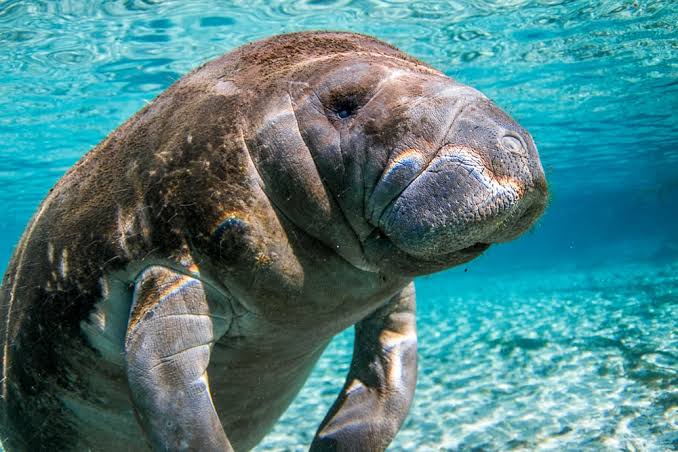
The Florida manatee, once at risk of extinction due to human activities, has seen its population increase from 1,267 in 1991 to over 6,300 today. Listed as endangered in 1973, the manatee’s recovery is a success story of the ESA, though threats to their survival persist.
7. California Condor: Soaring Once Again

The California condor, one of the world’s largest flying birds, faced extinction with only 22 individuals remaining in 1982. Through intensive breeding programs and conservation efforts, their numbers have risen to over 300 in the wild, flying free once again.
The Condor isn’t out of the woods just yet, though, but luckily the US Government has created a vault to preserve the DNA of North America’s largest bird and many other endangered animals.
8. Peregrine Falcon: Powerful Pesticide Victim
The peregrine falcon, impacted severely by DDT, plummeted to only 324 nesting pairs in the US by 1975. Listed as endangered in 1970, recovery programs and the banning of DDT have led to a resurgence, with around 3,000 breeding pairs now in North America.

9. Whooping Crane: A Majestic Recovery
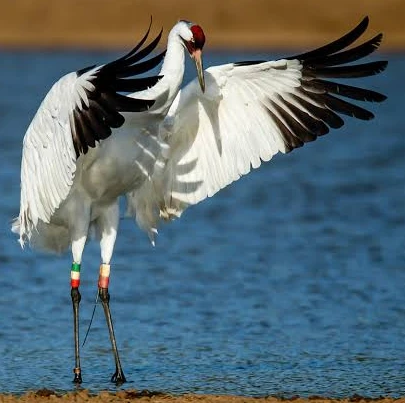
The whooping crane, North America’s tallest bird, saw its population drop to just 21 individuals in 1941.
Thanks to conservation efforts under the ESA, this unique species has rebounded to over 500 individuals today, a remarkable turnaround from the brink of extinction.
More To Discover
- Study Discovers Half of Europe’s Caviar to Be Illegal and Mislabeled; Some Isn’t Even Caviar
- Reviving An Elusive Predator: The Bold Mission to Save Texas’ Endangered Ocelots
- Mysterious Deaths of Magellanic Penguins Plague South America’s Shores
- World’s Tiniest Marine Mammal Faces Imminent Extinction In First Alert Issued By International Whaling Commission
10. Black-footed Ferret: Twice Thought Extinct
The black-footed ferret, once believed extinct, was rediscovered, and has benefited from intensive breeding and recovery efforts. From a handful of individuals, their numbers have grown to around 300 in the wild, although challenges remain in ensuring their long-term survival.
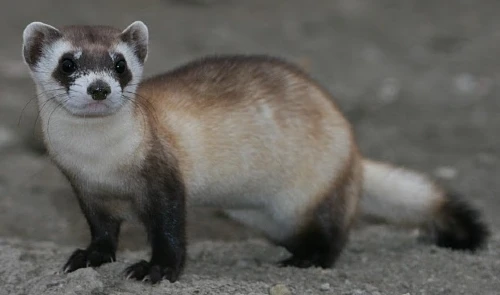
Each of these species’ stories isn’t just a tale of survival, but a reflection of America’s commitment to preserving its natural heritage. The Endangered Species Act has played a pivotal role in these conservation successes, demonstrating the power of legislation in protecting and reviving the nation’s most vulnerable wildlife.



















